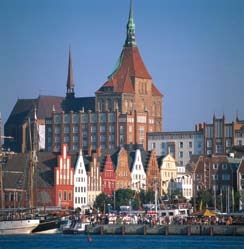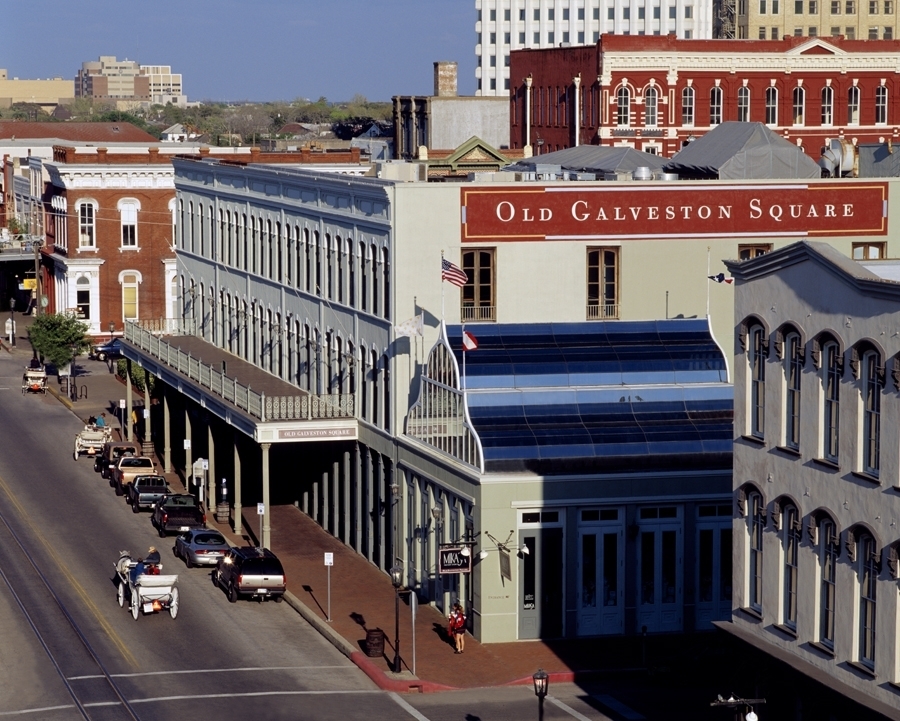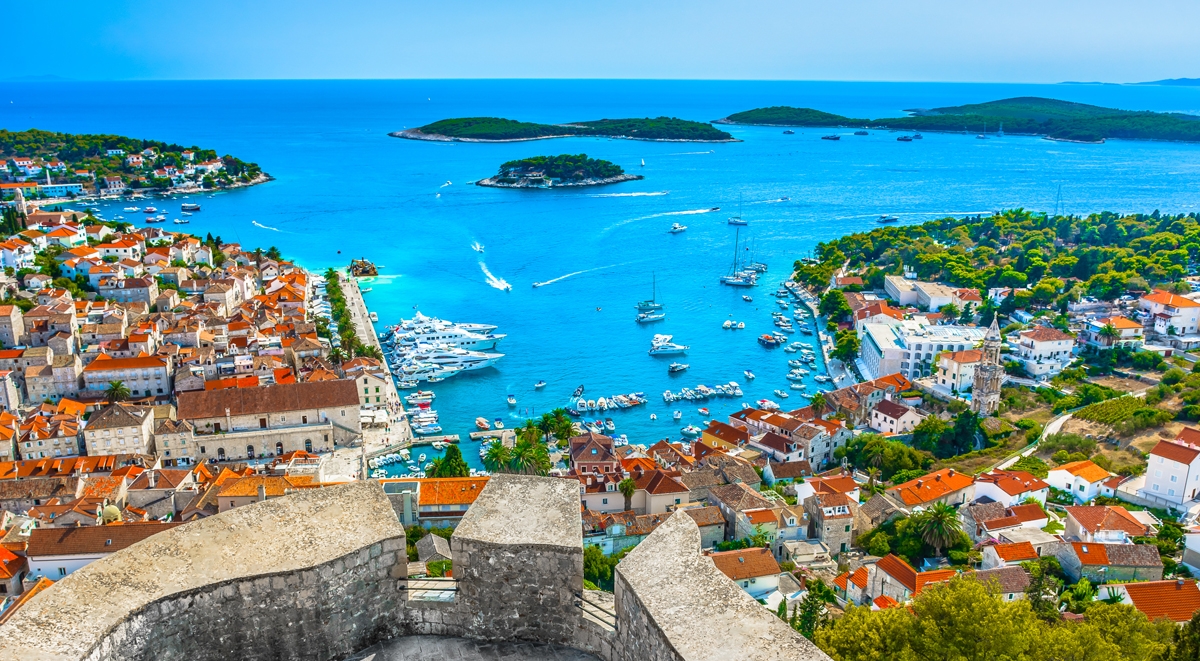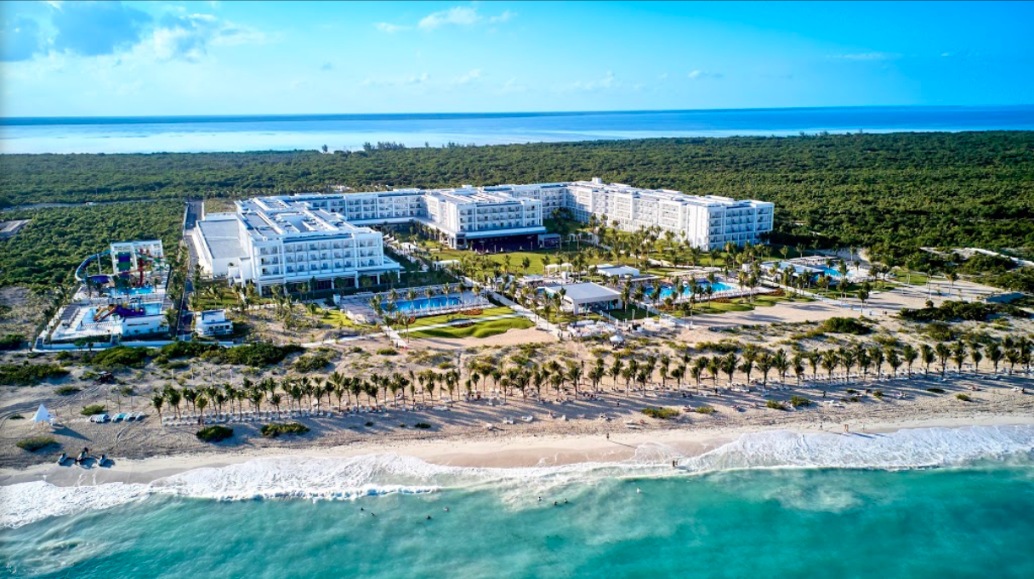
The Coolest Capital in Europe and the German Riviera
The Germans do it all and have it all. Exceptional in every way, it is no surprise that Germany continues to hold the annual record as one of the world’s most visited countries. In fact, it is one of the most educated and economically successful countries in the world. It has a powerhouse culture driven by a vibrant film, music and arts scene whose inspiration is driven by the historic legacy of its forefathers. Think of some of the most accomplished and popular artists of all time like Johann Sebastian Bach, Ludwig van Beethoven, Franz Schubert, Johannes Brahms, Richard Wagner and of course the German born Austrian composer Mozart.
Germany today is a mixture of beautiful landscapes, picturesque villages, quaint castles, sandy shore-lines and serene small town life crossed with an uber post modern, successful and thriving city society. It is rich in culture, wealth and opportunity.
My son and I arrived in Berlin after a very comfortable flight on Lufthansa (www.lufthansa.com). We took a bus to the city centre to the historic Friedrichstasse, one of the most famous streets in Europe. With its array of cafés and shops, it is the heartbeat of Berlin and on this Saturday morning Berliners were out in droves shopping and sitting out in the pleasant outdoor cafés.  We made a pit stop at one of the many German sausage and French fry kiosks that are scattered throughout the city. You can have a hot lunch and a beer for less than ten dollars. We then checked into the Melia Berlin ?(www.meliaberlin.com) a magnificent boutique hotel next the Spree River and central to the key attractions in Berlin. (Great restaurants, very comfortable and delicious breakfasts.)
We made a pit stop at one of the many German sausage and French fry kiosks that are scattered throughout the city. You can have a hot lunch and a beer for less than ten dollars. We then checked into the Melia Berlin ?(www.meliaberlin.com) a magnificent boutique hotel next the Spree River and central to the key attractions in Berlin. (Great restaurants, very comfortable and delicious breakfasts.)
Originally the capital for Prussia, Berlin has served as a cultural centre for hundreds of years. After much of the city and its population were destroyed in the 17th century’s Thirty Years War, Frederick William, the King of Prussia instituted a policy of religious freedom that resulted in the city attracting new people from all over Europe. It quickly established itself as a progressive, cosmopolitan and free city. However, WWI and the subsequent seizure of power by the National Socialists in 1933 would forever change Berlin. At the end of World War II, Berlin was divided with the Russian Communists controlling a repressed East Berlin and the Allies controlling a free West Berlin. In 1961, the infamous Berlin Wall was constructed, physically separating the German city into two parts.  Through the city, you can follow the trail of where the Berlin Wall once stood and we followed it to Checkpoint Charlie, one of the Berlin’s most popular attractions. Opened in 1962, shortly after the Berlin Wall was built, Checkpoint Charlie was the formal border access point for people to cross from East Berlin to West Berlin and vice versa. The nearby museum traces the history of a then divided Germany and portrays the tensions of the Cold War between the major world powers. Other related themes include the fall of the Berlin Wall in 1989.
Through the city, you can follow the trail of where the Berlin Wall once stood and we followed it to Checkpoint Charlie, one of the Berlin’s most popular attractions. Opened in 1962, shortly after the Berlin Wall was built, Checkpoint Charlie was the formal border access point for people to cross from East Berlin to West Berlin and vice versa. The nearby museum traces the history of a then divided Germany and portrays the tensions of the Cold War between the major world powers. Other related themes include the fall of the Berlin Wall in 1989.
Be sure to check out the Reichstag (www.bundestag.de) whose interior was completely gutted and reconstructed in the 1990s. The new Reichstag retains its historic style but embraces the future with a postmodern glass dome that was erected on the roof as a gesture to the original 1894 cupola. This glass dome provides an impressive view over the city, especially at night. The German Parliament or Bundestag officially convened there for the first time on April 19, 1999, moving back from the Cold War capital of Bonn. The Reichstag is now the most visited attraction in Berlin. Directly across from it is the German Chancellery or Bundeskanzleramt (www.bundeskanzleramt.de) which is also a postmodern style building.
The next day, we headed to the museums section of Berlin in the centre of the city. History junkies will not be disappointed. The German Historical Museum has a permanent exhibition that features Germany’s two thousand year history. We were fortunate enough to be in Berlin for the opening weekend of a ground-breaking exhibition about Adolf Hitler. This exhibit was the first time since World War II that a major museum has explored the relationship between the Hitler and the German nation. Hitler and the Germans: Nation and Crime was an exceptional look at how Hitler managed to both charm and horrify a nation.  The exhibit was packed as Berliners tried to come to an understanding of how they were long ago seduced by National Socialism. It is an extraordinary exhibit.
The exhibit was packed as Berliners tried to come to an understanding of how they were long ago seduced by National Socialism. It is an extraordinary exhibit.
Shopping is another popular pastime in Berlin. Potsdamer Platz is a great centre with cafés and restaurants. Friedrichstrasse is a wonderful walking boulevard featuring the world’s most acclaimed international designers as well as upscale art galleries, cafés, delicatessens and shops.
There are phenomenal restaurants in Berlin. Local neighbourhood restaurants are best and offer meals for under $25.00 with beer, dessert and coffee. If you want to cover more of the city in a day then take the Berlin Wall Bike Tour (www.berlinonbike.de) or you can also see the city by boat. Berlin has an enormous system of waterways and is home to more bridges than Venice.
The next day we headed for Rostock, the 800 year old hanseatic port city on the Baltic coast, a two and half hour drive north. Germany is famous for its Autobahn and recently celebrated the invention of the first automobile by Carl Benz 125 years ago. I was at first exhilarated to be driving 180km per hour (no speed limit) but noticed that many cars were still passing me by. After the initial thrill, I settled in at 120 km per hour. As we passed the fertile plains, bountiful farmlands, and old growth forests of the German countryside, the old merged with the new as the scattering of huge modern windmills jutted across the countryside showcasing German ingenuity and innovation at its best. The windmills provide clean energy to most of the region. (German is a world leader in clean and green alternative energy.) Rostock retains medieval charm mixed with a cosmopolitan feel.  Its historical town centre features typical German brick architecture and a small town feeling that disguises its larger stature as a port, commerce, trade and university centre.
Its historical town centre features typical German brick architecture and a small town feeling that disguises its larger stature as a port, commerce, trade and university centre.
We checked into the cozy Steigenberger Hotel Sonne (www.die-kleine-sonne.de). We headed to the harbour brewery aside the port for dinner at the Zum alter Fritz (www.alter-fritz.de).
The Baltic Coast region of Germany is outstanding and incredibly beautiful. Less than three hours north of Berlin, the region is a magnet for European tourists who come to swim in the turquoise and cobalt sea and sun on the pure white sand dunes that roll along the peaceful shore.
The pace of life seems to slow down in the Mecklenburg-Vorpommern region. We stopped for a morning in Warnemunde, where the Warnnow River flows into the Baltic Sea. Once a small but very important seaside fishing village, the town is now more of a tourist destination thanks to its beauty. Twenty minutes away is the spa resort of Bad Doberan, a small town steeped in tradition that lies just off the Baltic coast surrounded by lush beechwood forests.
The 33rd G8 summit took place at Kempinski Grand Hotel in Heiligendamm in 2007 with good reason. It is stunning. Heiligendamm remains Germany’s most elegant seaside resort.
In 1823, the first race track on the European continent – located between Heiligendamm and Doberan – opened, thus becoming the cradle of German horse racing. Then, in 1862, a narrow-gauge railway was built, connecting Doberan with Heiligendamm. In 1910, the track was extended as far as Kühlungsborn and a steam-driven train still runs along it today. The high nobility of Europe, even the Tsar’s family itself, spent the summer holidays here. After the Second World War, the buildings in Heiligendamm were used as a sanatorium and for convalescence.  Then, in 1996, a private consortium acquired the historical buildings of Heiligendamm, along with 500 hectares of land and after three years of careful reconstruction, the Grand Hotel Heiligendamm was opened on 1 June 2003, ringing in the rebirth of Germany’s oldest, grandest and most exclusive seaside health resort.
Then, in 1996, a private consortium acquired the historical buildings of Heiligendamm, along with 500 hectares of land and after three years of careful reconstruction, the Grand Hotel Heiligendamm was opened on 1 June 2003, ringing in the rebirth of Germany’s oldest, grandest and most exclusive seaside health resort.
We checked into the centrally located Hotel Prinzenpalais (www.prinzen-palais.de) in Bad Doberan, 4-star hotel housed in a neo-classical building built in 1821. With full modern amenities, it also has a sauna and Jacuzzi and a remarkable restaurant (which serves the most impressive breakfast buffet.) Bad Doberan is a quaint town with nice cafés and walking paths. Be sure to visit the historic “Bad Doberaner Munster www.muenster-doberan.de, a 14th century Cistercian abbey (Cathedral) built in a brick gothic pattern and rich with medieval furnishings.
Golfers will love the Wittenbeck Golf Course which (www.golf-und-meer.de) sits atop a hillside that looks out to the Baltic Sea. Spectacular.
Next up was the Baltic Resort town of Kühlungsborn and an overnight stay at the Hotel Polar Stern (www.polar-stern.com). Located next to the beach the Hotel Polar Stern sits at the centre of what many are calling the new “German Riviera”. Albrecht and Dagmar Kurbjuhn, the proprietors of the Polar Stern came to Kühlungsborn, the region’s largest seaside resort, in the early 1990s shortly after reunification. They fell in love with the relaxing Baltic Sea atmosphere, the white sandy beaches, wooden piers, pine-tree forests and warm summer temperatures. They had a leap of faith and purchased the Hotel Polar-Stern, a 100-year-old “spa town” type building that required extensive care and renovation.  They never looked back. Today the Polar Stern is one of the most hospitable and charming hotels along the coast.
They never looked back. Today the Polar Stern is one of the most hospitable and charming hotels along the coast.
The Kühlungsborn marina is filled with schooners and small ships. We visited a tall ship while we were there. Behind the marina is a beautiful forest area where you can zip line. (www.kletterwald-küehlungsborn.de) Kühlungsborn is a gem.
The Mecklenburg-Vorpommern region is also famous for its lakes and beautiful countryside. The next day we drove around the countryside and along the coast to the beaches of Darss and then visited the island of Rugen with its Dover-like white cliffs. We also stopped at the Ozeaneum (www.Ozeaneum.de) in Stralsund which won the “European Museum of the Year Award” in 2010. To end our trip we drove across the Rugendamm Bridge that connects Rugen to the mainland. Rugen is Germany’s largest island, an archipelago of 30 smaller islands and peninsulas in the Baltic Sea. The area hosts a diverse group of seaside resorts, fishing villages, sandy beaches, and tree-lined avenues, lighthouses and lakes and is a vacation paradise. It is home to Jasmund National Park known for its famous white chalk like cliffs that rise majestically out of the turquoise green Baltic Sea. I’ve now been to the French Riviera, the Mayan Riviera and the German Riviera. My son asked me which one I preferred. It was a no brainer.






